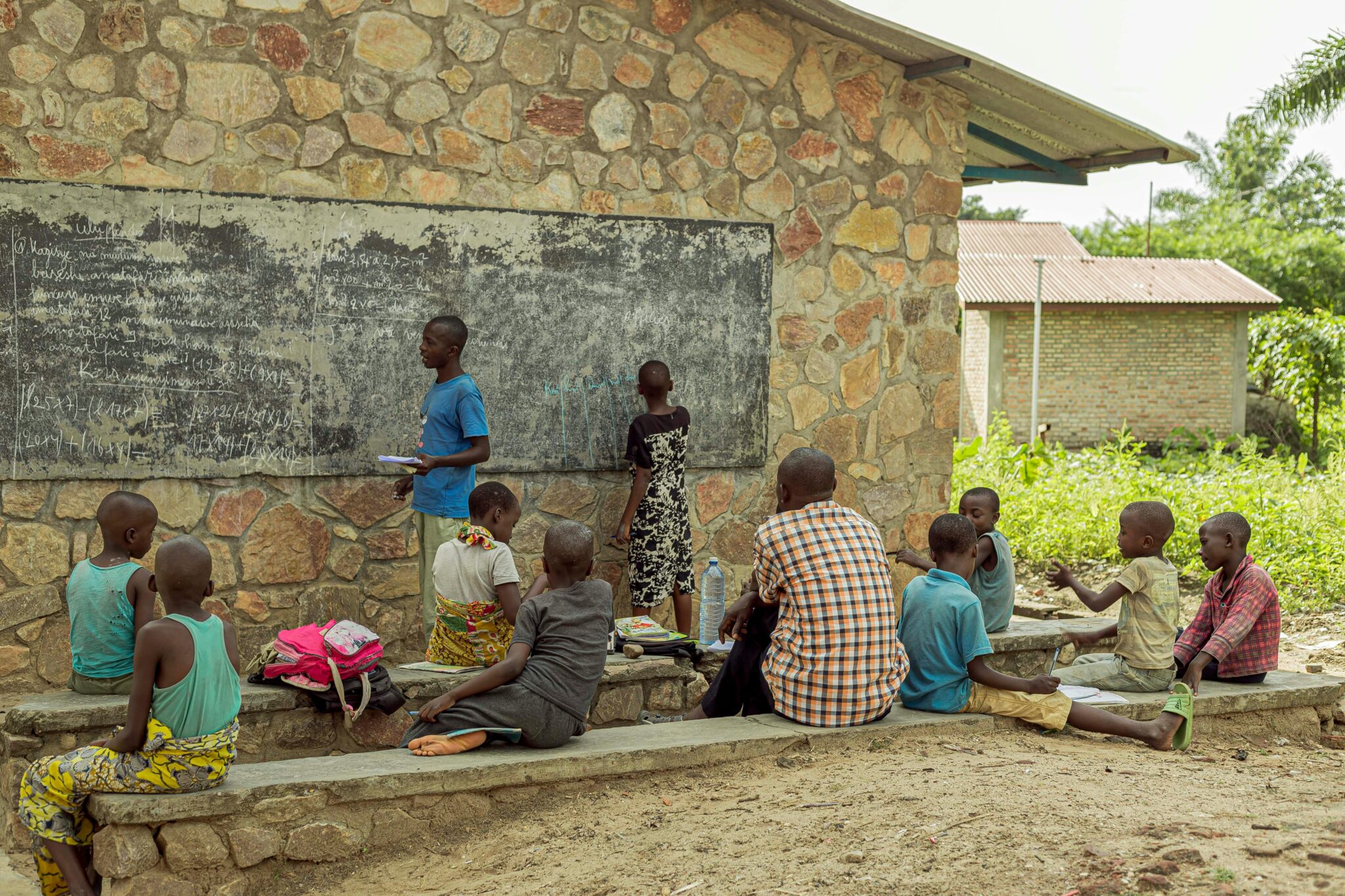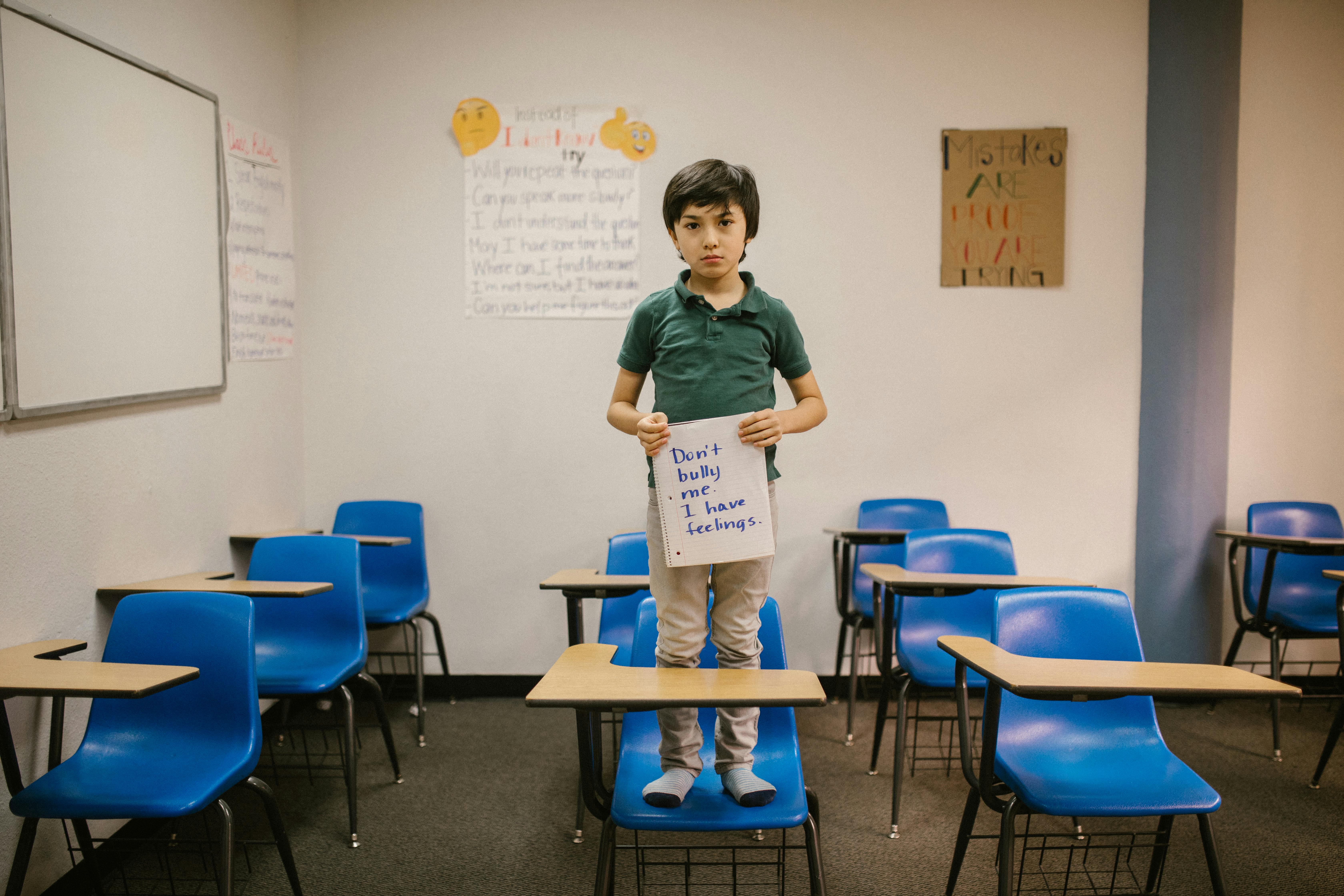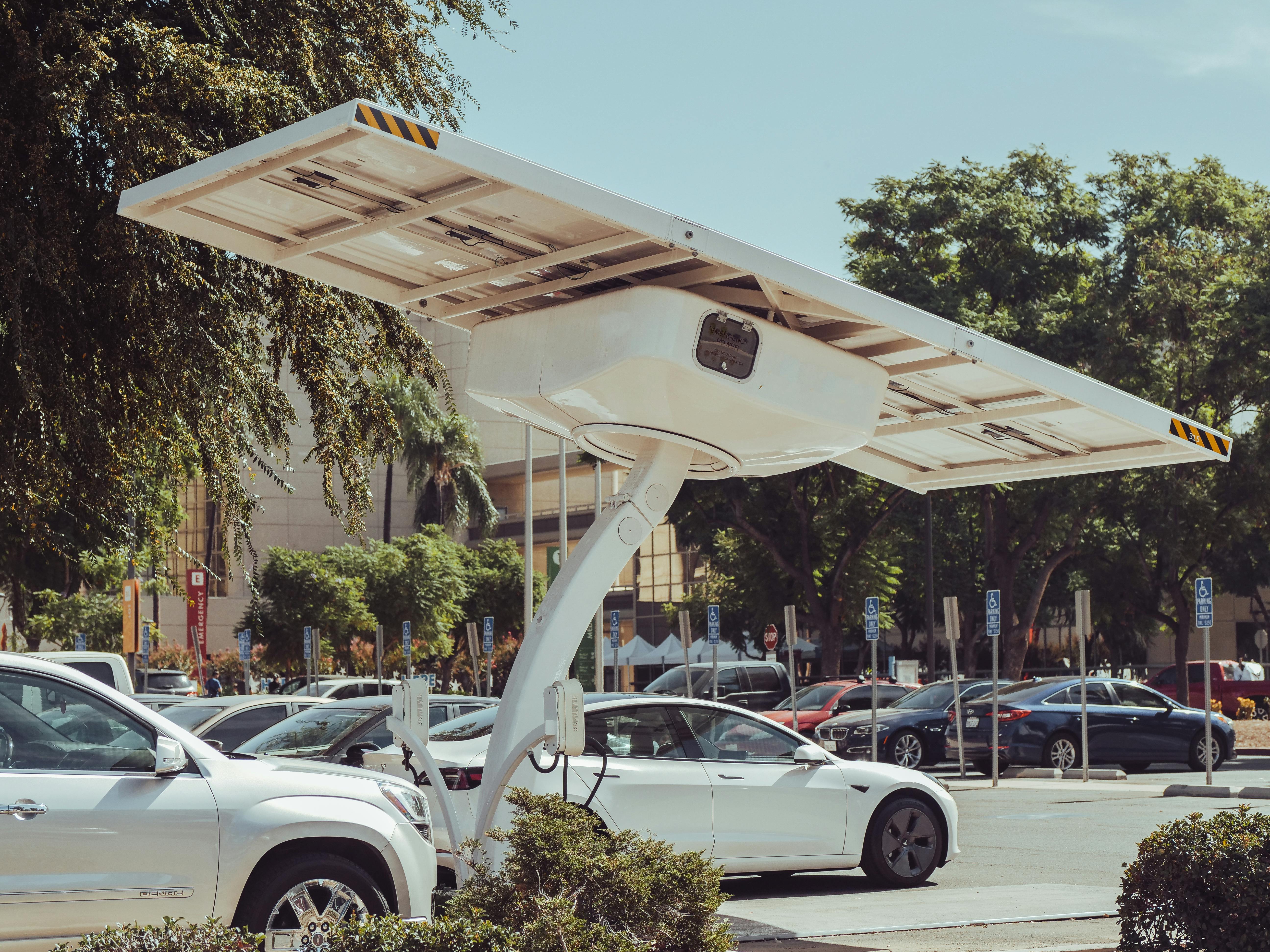
Nigeria’s Education Crisis; Education can lift entire generations out of poverty, drive economic progress, and create a more equitable society. For millions of Nigerian children, however, this opportunity feels almost out of reach. Nigeria faces an education crisis so severe that it threatens the country’s future. Alarming statistics tell a story of neglect, underfunding, examination malpractices and widespread inequality—issues that can no longer be ignored.
In this article, we’ll look at the shocking numbers behind Nigeria’s education crisis, its far-reaching consequences, and discuss how urgent action is needed to change the narrative.
The Alarming State of Nigeria’s Education Crisis
Nigeria’s education system is in disarray. Challenges like low literacy rates, millions of children out of school, and crumbling infrastructure paint a bleak picture. Let’s break this down further.
1.Literacy Rates: A Grim Reality
Nigeria’s literacy rates paint a bleak picture. According to data from UNESCO, only about 62% of Nigerians aged 15 and above are literate. Compare this to the global average of 86% literacy, and the gap becomes glaring. Even closer to home, countries like South Africa boast literacy rates of over 87%, outpacing Nigeria despite similar challenges.
What does this mean in real terms? It means millions of Nigerians struggle with everyday tasks—reading signs, filling out forms, or applying for jobs online. A literate population drives innovation and economic growth, but Nigeria is stuck in quicksand. Without urgent intervention, this literacy gap will hold back the nation’s development for years to come.
2.Out-of-School Children: The Highest Numbers Globally
With over 20 million children out of school, Nigeria holds the unfortunate title of having the highest number of out-of-school children in the world. This staggering figure accounts for roughly 10% of the world’s total. The reasons range from poverty and child labor to conflict in regions like the North East, where insurgencies have displaced families and disrupted education for years.
What happens when millions of children miss out on school? The ripple effect is disastrous. These kids are more likely to face unemployment, fall into poverty, and lack the skills needed to contribute to society. It’s like planting seeds but never watering them—Nigeria is losing out on an entire generation of potential leaders, innovators, and changemakers.
3.Inadequate Infrastructure and Learning Facilities
Even for children who do make it to school, the reality of their learning environment is disheartening. Many schools in Nigeria lack basic amenities like running water, electricity, and functioning toilets. Classrooms are overcrowded, with one teacher often managing 50 to 100 students at a time. In some cases, children have no desks, forcing them to sit on the floor or study
Here are just a few examples of the challenges:
- Dilapidated buildings: Thousands of schools are in such poor condition that they’re unsafe for children. Roofs leak, walls are cracked, and facilities are falling apart from neglect.
- Overcrowding: Limited schools mean classrooms are packed. One teacher cannot effectively teach dozens or even hundreds of students at once.
- Lack of learning materials: Many schools don’t have textbooks, leaving children to share or go without altogether.
These conditions make proper education almost impossible, further widening the inequality gap between urban and rural areas. For a child in a rural village, the chances of getting a quality education are slim to none.
By shedding light on these harrowing statistics, it’s clear that Nigeria’s education crisis is far worse than many realize. Each neglected school and each child without access to learning represents a roadblock to progress—not just for the individual, but for the nation as a whole.
The Economic and Social Impact of Nigeria’s Failing Education System
A poor education system doesn’t just harm individuals—it holds back the entire country. Economically and socially, Nigeria is paying a high price.
A struggling education system is more than just a personal setback for students—it’s a national crisis with far-reaching economic and social consequences. In Nigeria, the cracks in the system are widening daily, leaving millions without the skills or opportunities to break the cycle of poverty. These challenges don’t just impact individuals—they drag down the entire country’s potential. Let’s break down the consequences into two key areas.
1.Loss of Human Capital
Every uneducated child represents untapped potential. When millions of children miss out on quality education, Nigeria loses out on the very foundation of its workforce. Education builds skills, improves critical thinking, and lays the groundwork for innovation. Without it, the labor market fills up with underqualified individuals, leaving businesses struggling to find the talent they need.
Imagine this: Nigeria has a population of over 200 million, yet the majority of young people lack the training required for professional jobs. Instead, they are funneled into low-paying, unskilled positions, unable to contribute meaningfully to economic growth. This creates a ripple effect of economic stagnation. Fewer skilled workers mean less productivity, reduced foreign investment, and a widening gap between Nigeria and the rest of the world.
According to the World Bank, every additional year of schooling increases a person’s earnings by 10%. Now think about how much Nigeria loses when over 20 million children are out of school. It’s like trying to build a skyscraper with no steel—progress is impossible without a strong foundation. The lack of education not only limits personal income but also limits the country’s GDP, leaving Nigeria stuck in a development limbo.
2.Increased Poverty and Inequality
Education has always been one of the most effective tools to break the cycle of poverty. But in Nigeria, the failing system is doing the opposite—it’s making poverty worse. Families without access to education are trapped in low-income jobs or unemployment, and their children are often forced into crimes or other ignoble activities due to lack of opportunity.
The gap between the wealthy and the poor grows every year. Private schools cater to families who can afford them, while public schools remain underfunded and overcrowded. This creates a two-tier education system where the rich get richer and the poor are left behind. It’s not just unfair—it’s unsustainable.
Here’s the harsh reality: children from low-income households are far less likely to attend or complete school. Without education, they lack the tools to secure meaningful careers or start businesses. This deepens the poverty trap and creates generational inequality. Over 40% of Nigerians live below the poverty line, and the failing education system keeps them there.
Think of it as a ladder. A robust education system provides steps for people to climb out of poverty. In Nigeria, that ladder is broken in half, with millions stuck at the bottom. The longer this continues, the harder it will be for those at the bottom to rise.
The hard truth is, a broken education system isn’t just an education problem—it’s an economic and social disaster waiting to happen.
Government Policies and Funding Gaps
At the heart of Nigeria’s education crisis is a lack of strong government action. While resources are limited, the truth is that better policies and smarter budgeting could have prevented much of the system’s decline.
1.The Budget Allocation Problem
Nigeria’s budget for education has consistently fallen below global standards. The United Nations Educational, Scientific and Cultural Organization (UNESCO) recommends allocating 15-20% of a country’s national budget to education. For over a decade, however, Nigeria has averaged below 7%. To put this into perspective, countries like South Africa and Ghana dedicate approximately 16% and 23%, respectively, to their education sectors. The gap is stark, and its consequences are visible in classrooms across the nation.
What happens when education funding is so low? Schools lack basic facilities, teachers remain underpaid and disgruntled. By this millions of children are poorly taught or excluded altogether. Imagine trying to build a house with nothing more than a hammer and a few nails—it’s impossible to make progress. That’s the reality many Nigerian schools face every day.
Even when funding is allocated, inefficiencies and corruption often derail its impact. For example, budgets meant to build classrooms or supply textbooks rarely make it to their intended destinations. It’s not just about how much is invested; it’s about how effectively those funds are used. Without accountability, every additional Naira becomes wasted potential.
2.Policy Failures and Delayed Reforms
Strong policies are supposed to act as a blueprint for fixing societal issues, but in Nigeria, education policies have often been either poorly designed or never fully implemented. Over the years, ambitious plans like the Universal Basic Education (UBE) program have promised to address issues like low enrollment and poor infrastructure. Yet, progress remains slow, scattered, and insufficient.
Why the failure? First, there’s a lack of follow-through. Policies are often drafted with good intentions but are rarely backed up with the necessary funding or enforcement. Second, there’s a lack of urgency. Nigeria’s leadership has treated education reform like a far-off goal rather than an immediate priority. Meanwhile, millions of children continue to miss out on opportunities. It’s like trying to fix a leaky roof after the storm has already flooded the house—a reactive approach that comes too late.
Policies also often fail to address regional inequalities. Northern Nigeria, in particular, faces unique challenges like insecurity, which disrupts education. Yet government reforms have not provided targeted solutions for these high-risk areas. Broad, one-size-fits-all policies ignore the distinct needs of communities, further widening the education gap across the country.
Ultimately, policies mean little without consistent execution and the political will to make education a national priority. Leadership in Nigeria needs to stop kicking the can down the road; the longer these failures continue, the harder it will be to reverse the damage..
Case Studies: the Human Cost of Nigeria’s Education Crisis
Behind the numbers are real stories of children and families affected by Nigeria’s failing education system. These personal accounts remind us why every statistic matters.
1.Children Forced into Labor
Take the example of Aliyu, a 12-year-old boy in northern Nigeria. Without access to a school, he spends his days working in a market to support his family. Like millions of others, he’s vulnerable to exploitation and will likely remain in low-paying jobs throughout his life. The cycle of poverty continues simply because education wasn’t an option.
2.The Impact on Girls and Gender Inequality
Girls face even greater challenges. In some parts of Nigeria, less than 20% of girls complete primary education due to factors like early marriage, cultural norms, and safety concerns. For many families, educating boys takes priority. This leaves millions of girls behind, perpetuating gender inequality for generations.
The Role of International Organizations and NGOs
While government reforms lag, international organizations and NGOs have stepped in to fill the gaps. Their work highlights both progress and the challenges that remain.
UNESCO and Global Partnerships
UNESCO has been instrumental in raising awareness and funds for education in Nigeria. Programs like the Global Partnership for Education (GPE) have provided resources to schools in underprivileged communities. However, these efforts are only a drop in the ocean compared to Nigeria’s vast needs.
NGOs Working on the Ground
Organizations like the Malala Fund and ActionAid Nigeria are making strides by advocating for girls’ education and building schools in rural areas. Despite their impact, these groups face significant challenges—from funding shortages to resistance in conflict zones.
Solutions to Tackle Nigeria’s Education Crisis
Though the challenges are immense, there’s hope. Addressing Nigeria’s education crisis requires a collective effort from the government, private sector, and global community.
Increased Education Funding and Transparency
Allocating more funds to education is non-negotiable. But increased funding has to come with greater transparency and accountability. By cutting waste and ensuring resources reach classrooms, Nigeria can make real progress and probably put an end to the perennial strikes that has permanent extended the academic calendar of public institutions in the country.
Community-Based Interventions and Inclusivity
Local communities often understand their needs better than policymakers in Abuja. Empowering them to manage schools and education programs creates tailored solutions. Inclusivity—ensuring marginalized groups like girls and rural learners are prioritized—must be central to any plan.
Leveraging Technology for Education Access
Technology can bridge gaps where traditional methods fail. Online resources, mobile apps, and e-learning platforms have the potential to bring education to remote areas. Programs like the Nigerian government’s e-Nigeria Initiative show promise but need broader implementation to make a difference.
Conclusion( Nigeria’s Education Crisis)
Nigeria’s education crisis is not just an educational issue—it’s a national emergency. Millions of children are being denied the most basic tool for a better life, leaving the country unable to reach its potential. The shocking statistics show us how deep the problem runs, but they also highlight the urgency for change.
Immediate action is needed to allocate more funding, involve communities, and bring innovative solutions to the table. For every day we delay, another child falls behind, and the impact will echo for generations. Let’s demand change, hold leaders accountable, and support initiatives that fight for Nigeria’s future—because investing in education is investing in humanity.
If you have read this article to the end and want to be a contributor to the necessary change, please share to others.








Add comment